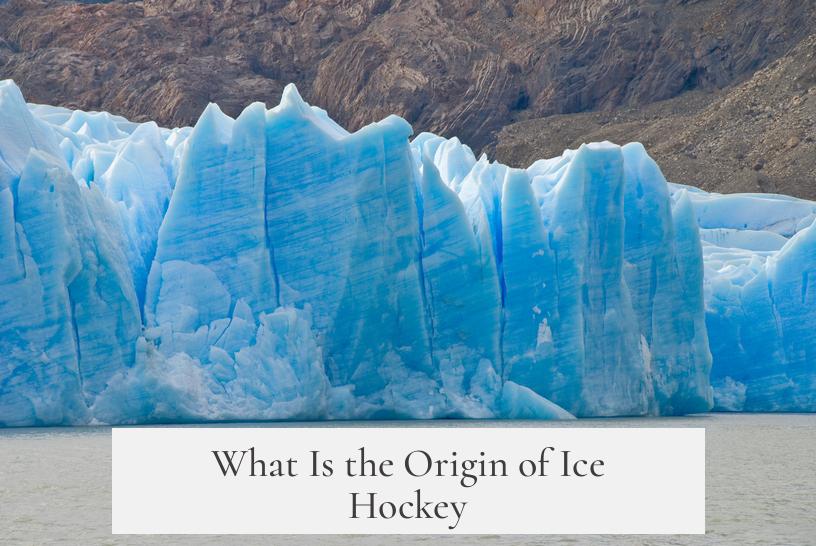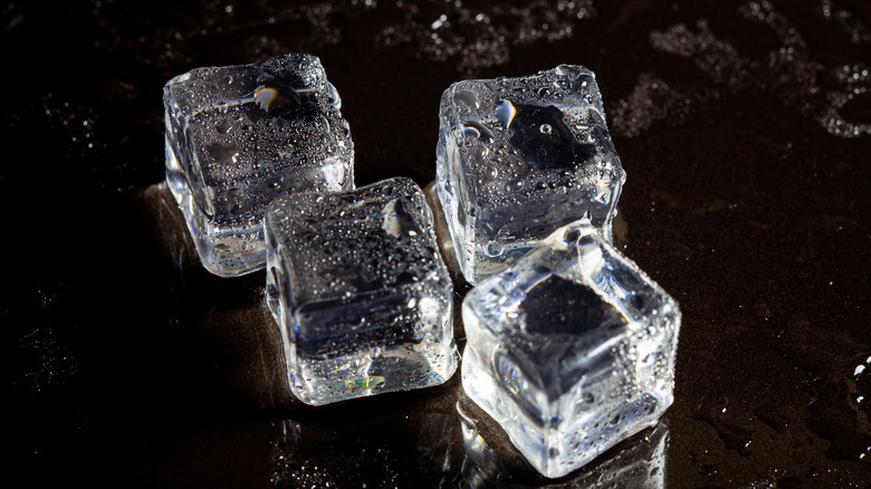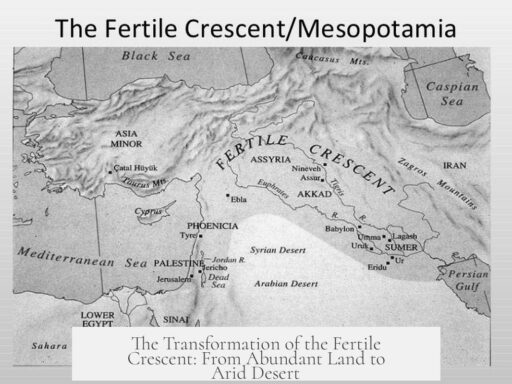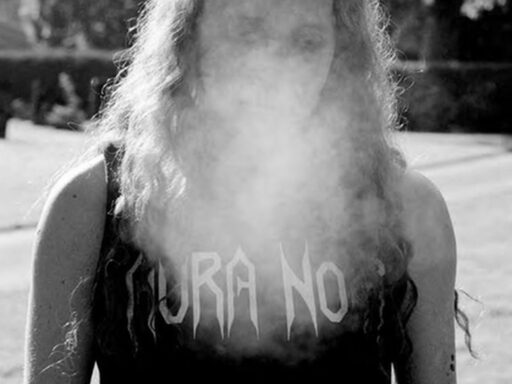The origin of ice hockey traces back to a mixture of early stick-and-ball games played on ice, with the first officially codified game held on March 3, 1875, at the Victoria Rink in Montreal, Quebec, Canada.
This 1875 game marks a significant point in hockey history and is widely recognized by the International Ice Hockey Federation. It was the first organized, indoor match with specific rules, setting the foundation for modern ice hockey. However, the sport’s roots run deeper into many earlier forms of ice games.
Game precursors existed long before 1875. People have played stick-and-ball games on ice for centuries. Paintings from 16th-century Netherlands depict skaters using sticks with puck-like objects. Similar activities were reported in places like England, Scotland, and other cold regions, where natural ice allowed such play during winter.
In Canada, the birthplace of modern hockey is disputed between regions. Kingston, Ontario; Windsor, Nova Scotia; and Montreal, Quebec all claim to be the sport’s origin. The 1875 Montreal match links directly to Nova Scotia through James Creighton, a key organizer. Creighton, originally from Nova Scotia, moved to Montreal and helped formalize the game based on sports like shinny, an outdoor rink sport played with sticks and balls.
The early 1875 game differed from today’s hockey. Teams had nine players instead of six, and there was no net; goals were marked by two posts without netting. Players wore no protective gear, sticks were shorter, and there were no sideboards. Offside rules and forward passing were not yet introduced. Despite these differences, the event laid the groundwork for subsequent rules and professional hockey.
Ice hockey evolved from various similar winter sports. Key influences included bandy, hurling, shinty, and lacrosse. These were stick-and-ball games played across the British Isles and North America. Bandy, in particular, shared many features with early hockey. Having medieval origins, it developed a modern form in the 19th century in England’s Fen district. British soldiers stationed in eastern Canada brought bandy to North America in the mid-1800s.
Other immigrant groups, like the Dutch in Canada, and native peoples also played informal games on ice. These diverse influences mixed with local winter activities such as shinny and ice polo. Various rule sets existed before hockey’s codification, but the different traditions blended to create the sport known today.
| Aspect | Details |
|---|---|
| First Official Game | March 3, 1875, Victoria Rink, Montreal, Canada |
| Key Organizer | James Creighton (Nova Scotia to Montreal) |
| Predecessor Sports | Bandy, shinny, hurling, shinty, lacrosse |
| Location Claims | Kingston (ON), Windsor (NS), Montreal (QC) |
| Early Differences from Today | 9 players/team, no nets, no gear, no forward passing |
In summary, ice hockey’s origin comes from a fusion of traditional stick-and-ball winter games and localized innovations. The 1875 Montreal game represents the sport’s first formal structure. British games like bandy, soldier movements, and local Canadian sports shaped the early form and rules. This mixture evolved into today’s fast-paced ice hockey.
- The first codified indoor hockey game occurred in 1875 in Montreal.
- The sport developed from centuries-old stick-and-ball games played on ice in Europe and North America.
- James Creighton played a central role in formalizing hockey rules and promoting the sport in Canada.
- Early influences include bandy, shinny, hurling, shinty, and lacrosse.
- Modern ice hockey evolved from regional adaptations and military influence, especially from British soldiers.
What Is the Origin of Ice Hockey?

The origin of ice hockey is a story of evolution, cultural exchange, and a dash of Canadian cold—officially, it started with the first recorded indoor game on March 3, 1875, at Montreal’s Victoria Rink. This date is more than a fun fact; it marks the moment ice hockey took shape as a codified sport with defined rules. The International Ice Hockey Federation recognizes it, and historians nod along in agreement.
But before you lace up your skates and imagine a packed arena of shouting fans, the hockey of 1875 was quite different.
A Glimpse into the First Official Game
The game at Victoria Rink wasn’t hockey as you know it today. Picture nine players on each side—yes, more bodies on the ice! The goals were just two posts without any nets, and goalies showed off some impressive bare-skate bravery—no pads or helmets. Players wielded shorter sticks, forcing them into a permanent hunch. There were no sideboards and forward passing? A forbidden idea. Still, this game laid the foundation.
Why is this important? It’s the first time the sport was formalized indoors with agreed-upon rules—a giant leap from the informal stick-and-ball-on-ice games scattered across cold regions.
Before That Fateful Night: Where Did Hockey Come From?

Honestly, pinpointing hockey’s true beginning is like tracking a slippery puck across the ice—tricky and a bit chaotic. The short answer? People have been sliding around on skates and swinging sticks at balls or pucks since… forever, or at least since the 16th century.
Paintings from the 1500s in the Netherlands show people skating with sticks, chasing objects like small balls or pucks. Similar games popped up in England, Scotland, and anywhere water froze solid in winter. So, hockey’s roots sink deep into centuries of stick-and-ball games migrating from land to ice.
Canada’s Role: The Heartbeat of Hockey
Canada plays the starring role in hockey’s origin story. Several places—Kingston in Ontario, Windsor in Nova Scotia, and Montreal in Quebec—each claim to be hockey’s birthplace. How does one sport have three birthplaces? Welcome to Canada, where different regions each contributed pieces of the puzzle.
James Creighton, the organizer of the 1875 Montreal game, was a Nova Scotian who brought his love of shinny—a rough-and-tumble outdoor precursor to hockey—to Quebec. His influence connects Nova Scotia’s informal games with Montreal’s formalized rink action, bridging several hockey traditions into one.
The Influence of Other Sports: Hockey’s Family Tree

Ice hockey didn’t just appear out of thin air. It’s the lovechild of many stick-and-ball games, borrowing bits and pieces from bandy, hurling, shinty, and even North America’s own lacrosse. All these sports add flavor to hockey’s mix.
Bandy deserves special mention. Originating in England’s Fen district during the Middle Ages, it’s an ice sport with sticks and a ball that resembles hockey’s early form but remains distinctly separate today.
British soldiers stationed in eastern Canada in the 1850s and 1860s brought bandy overseas. Meanwhile, Dutch immigrants and Indigenous peoples played similar games, each with different rules on skating and stick-handling. It was a melting pot of ice games waiting to be woven into the hockey we recognize now.
Why Does This Matter?
Understanding hockey’s origin teaches us about more than just a sport; it reveals how cultures blend, adapt, and create something new. It shows the power of codifying rules—turning chaotic fun into competitive sport. And let’s be honest, it’s pretty cool to know where our favorite fast-paced ice battles began.
Lessons from Hockey’s Evolution

- Sports evolve naturally over time. From informal plays to organized games, codifying rules helped hockey spread worldwide.
- Cultural exchange shapes games. British soldiers, Dutch settlers, Indigenous communities—all left marks on hockey’s DNA.
- Adaptation matters. Hockey’s 1875 game looks vastly different from today’s, but it laid groundwork for safety, strategy, and excitement.
Got a Minute? Imagine This:
A chilly Montreal night. Nine players shuffle on the ice with short sticks. No helmets. Just posts for goals. They don’t pass forward yet. It’s raw, chaotic, and thrilling—the birth of indoor ice hockey. From this humble start, the game snowballed into a global sensation.
If you ever feel the need to explain hockey’s origins at a party (or avoid awkward silence while watching a game), now you have a lively story: a mix of ancient stick games, colonial cross-pollination, and a pioneering game in 1875 Montreal.
Feeling inspired to hit the ice? Remember—early players faced brutal conditions and minimal gear. Today’s game offers safety, speed, and splashy highlights thanks to their grit.
Final Thoughts

Ice hockey’s origin is a blended heritage rather than a single invention. While the first official game took place in Montreal in 1875, the sport’s roots come from centuries-old ice games, cultural influences from the UK and North America, and the praktische innovation of early organizers like James Creighton. These elements combined in a perfect cold-weather storm to create the fast, thrilling sport millions love today.
The next time you see a slick slap shot zoom past the goalie, remember—it’s not just skill and speed. It’s history, culture, and centuries of frozen fun rolled into one.




